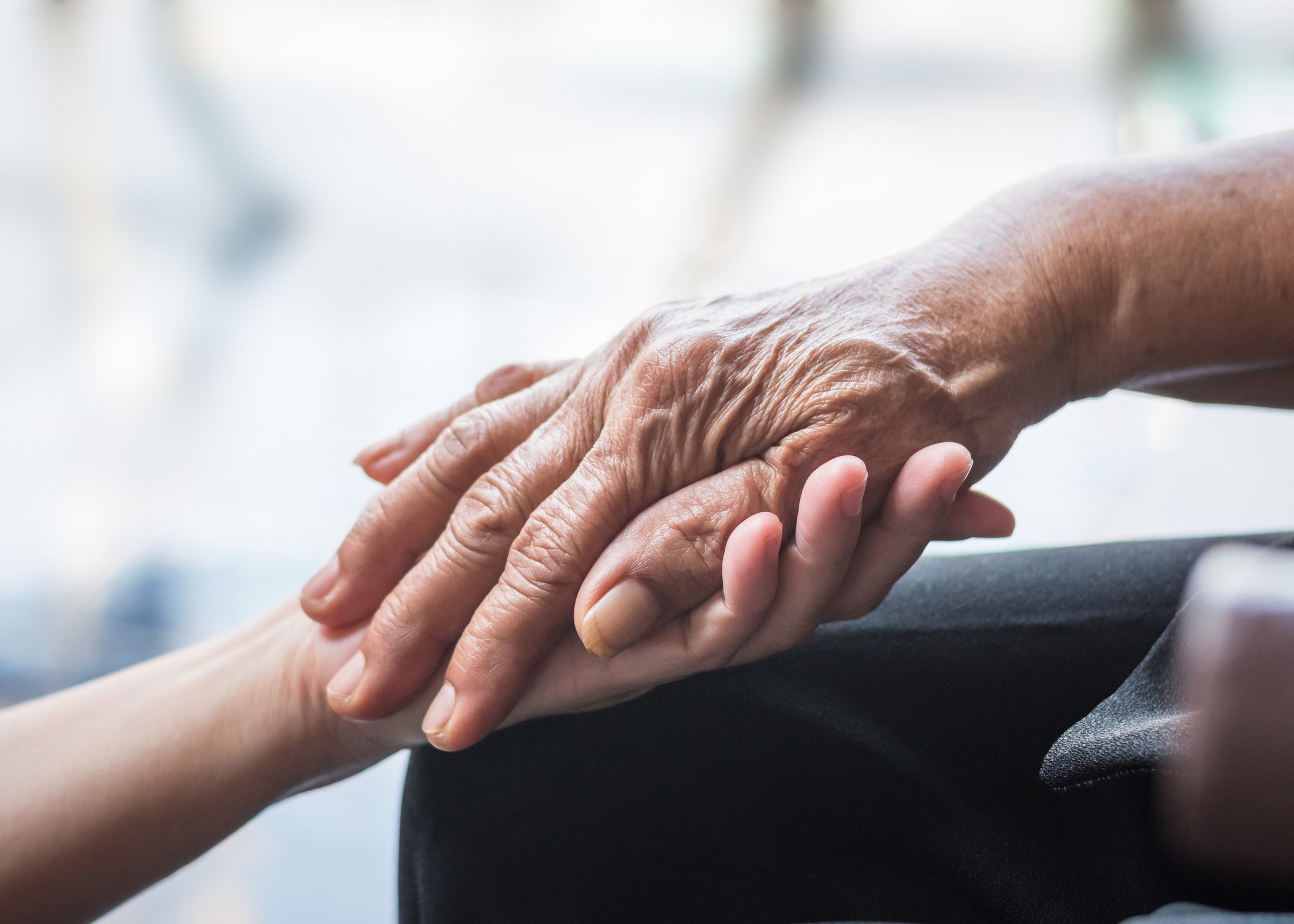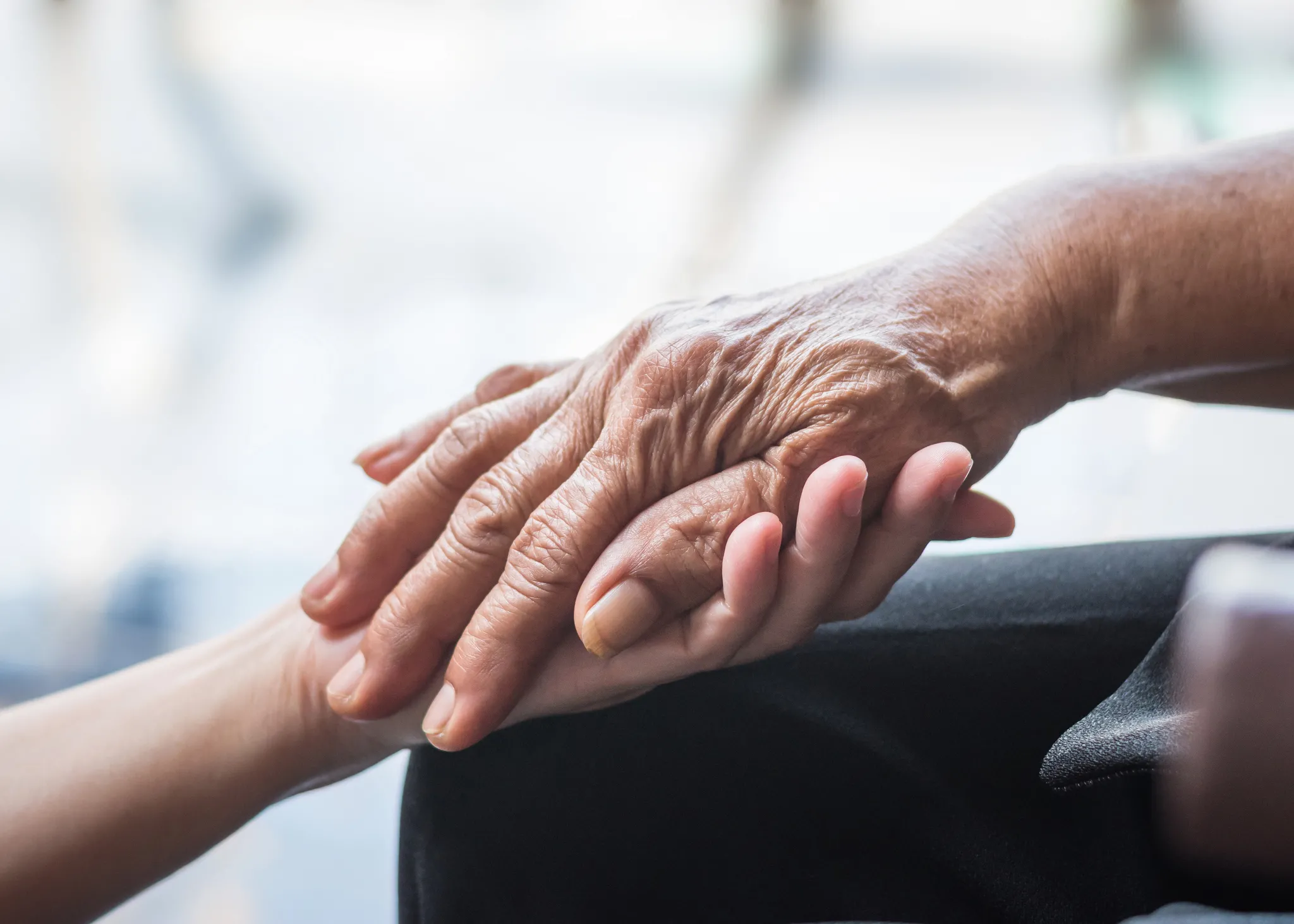What to Expect at the End of Life
Planning for the reality of death can be unnerving
My job has allowed me to become comfortable with death, but it’s understandably an uncomfortable subject for most.
Family members of the terminally ill want to know what their loved one may experience during their final days. It’s normal to be curious, and it’s not wrong to ask questions about what to anticipate. Death is a part of life, but planning for the reality of it can sometimes be unnerving.

While every end-of-life experience is unique, most people have some common signs which suggest they are nearing their final days. I’ve shared the following signs with the hopes that you may better understand the dying process and find some comfort in knowing what may occur.
Common signs
- Many people will experience a brief period of increased energy, often called rallying, when they perk up. Their condition may seem improved for a short time, but they pass away shortly thereafter.
- Your loved one may begin to withdraw into themselves. They may become less interactive and less interested in day-to-day life.
- Sleeping, weakness and lethargy usually become more pronounced.
- Food intake will also decrease. In the final days before death, intake is often limited to just sips of fluid or small tastes of food.
- The extremities become cooler as the body tries to conserve circulation. Purple splotches on the feet and hands, called mottling, may occur. This is not painful, but it can be disconcerting when first noticed.
- Expect irregular breathing in the final days. There may be periods of “forgetting to breathe” called apnea. Fresh air in the room or a gentle fan blowing to circulate air may offer some relief to labored breathing.
- Supplemental oxygen may be occasionally needed for comfort. Your hospice care providers will advise on the use of medications to relieve feelings of breathlessness and anxiety.
- Congestion and excessive secretions occur in most people to varying degrees at the end of life. Again, the hospice clinicians will advise on medication use and positioning techniques to manage these symptoms.
- One of the most troubling symptoms is disorientation and delirium. Even the person most accepting of their impending death can become restless, calling out for family members or friends long deceased and talking in ways that may not make sense. It’s common to see random activities, such as picking at sheets or reaching out for things that no one else can see. It is also common to see scenarios such as an ex-smoker trying to light an invisible cigarette, or a fisherman casting out a fishing line that is not present.
I hope this knowledge can help you find peace during the dying process. Hospice professionals can help you and your loved ones find comfort during this difficult time by helping you plan ahead of time. If a loved one has been diagnosed with a terminal illness, it’s never too early to reach out to a hospice agency for information.

Morgan Allen is the Director of Post Acute Care. Morgan oversees Palliative Care, Home Health, Hospice, Lifeline, and the Transitional Care Clinic.